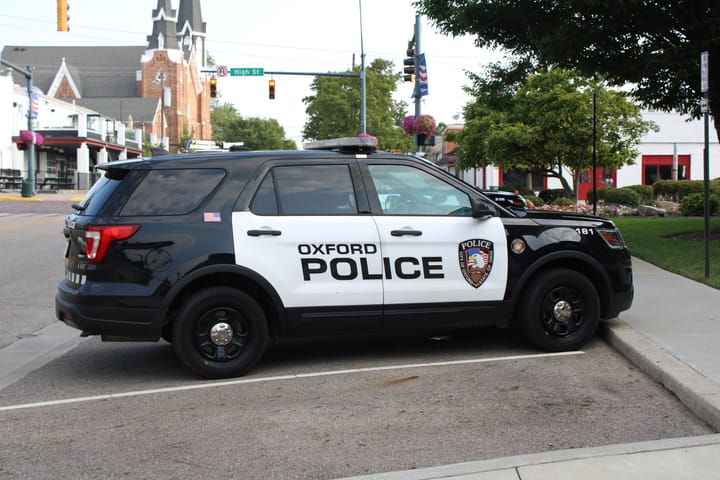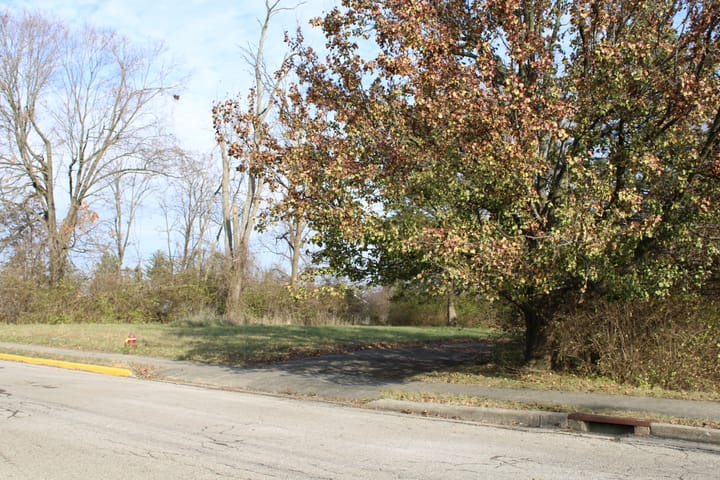Alley development moratorium may need extension, city staff says
A moratorium on alley development may need to be extended to give city staff time to draft recommendations. Also, a new traffic signal is planned for Oxford-Reily Road.
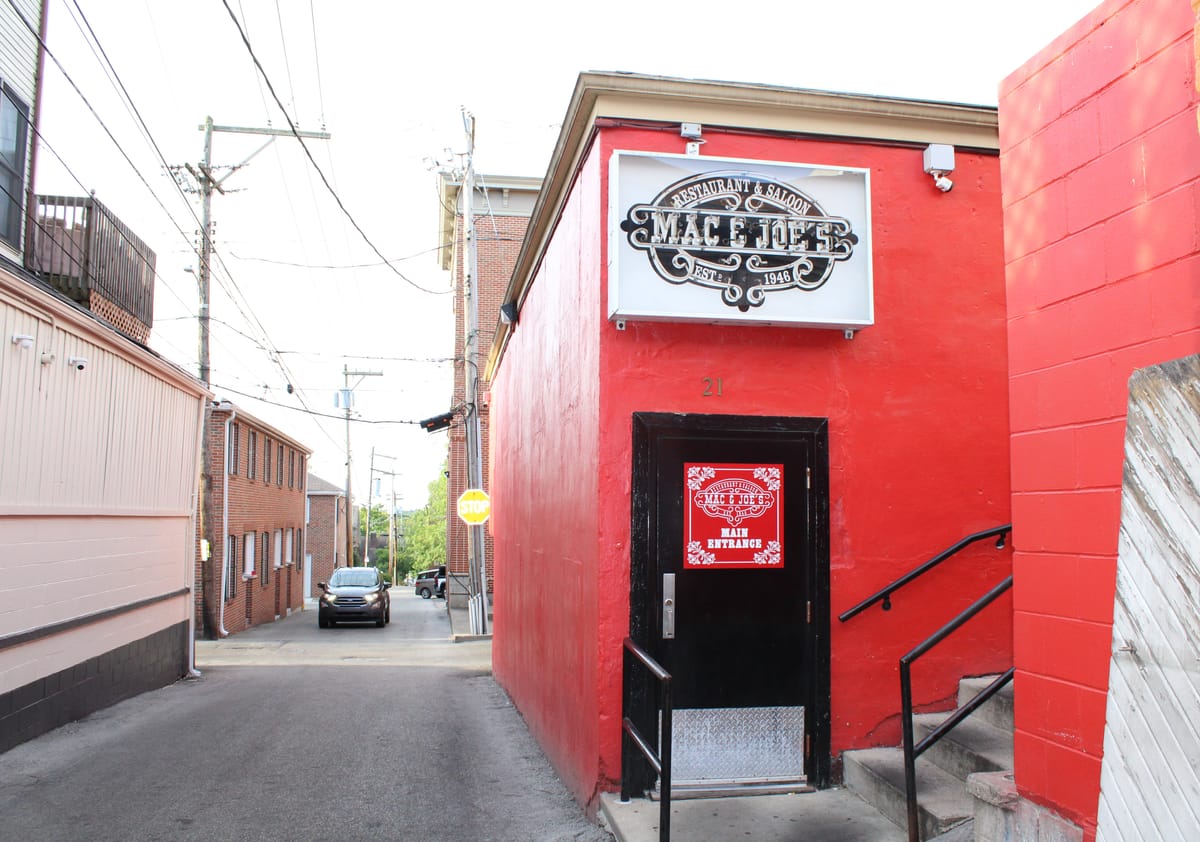
Five months into Oxford’s six-month moratorium on alley lot development, the city has identified the public service challenges posed by alley lots but does not yet have any formal recommendations.
At a work session Sept. 3, Community Development Director Sam Perry said his department would need more time to create regulations if Oxford City Council wants to take that path. The moratorium is set to expire Oct. 2 and would need to be extended to give Perry and his team time to draft recommendations, he said at the work session.
The city currently has 49 alley lots without street frontage that are impacted by the moratorium.
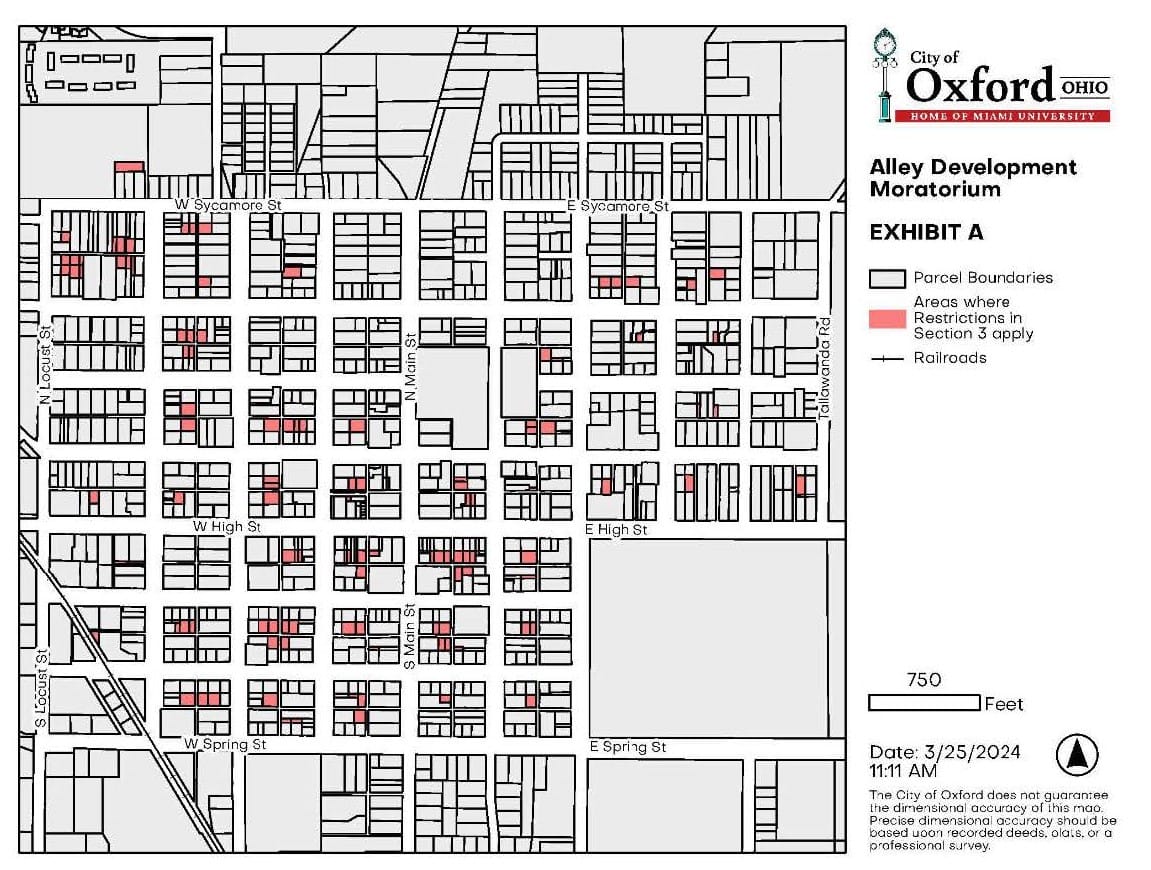
Among the issues facing alley properties, Perry identified a lack of infrastructure for stormwater management and trash and recycling services, limited parking and emergency vehicle access as key problems. Aside from the narrow space, none of Oxford’s alleys are named, which may slow the process for emergency vehicles to find addresses during emergencies.
Multiple members of council expressed concerns about extending the moratorium for too long. Mayor Bill Snavely voted against the initial moratorium in April, citing concerns that property managers had invested money expecting that they could develop their lots in a timely manner. The initially proposed moratorium would have lasted a year but was amended to six months when it passed in April.
At this week’s meeting, council member David Prytherch, said he’d like to see alley development to increase housing density, but he also worries that extending the moratorium to pass the necessary legislation could deprive owners of their property value.
“If I owned a piece of property, I might think it was a [government] taking if my development was completely prohibited,” Prytherch said. “I think we could end up in court.”
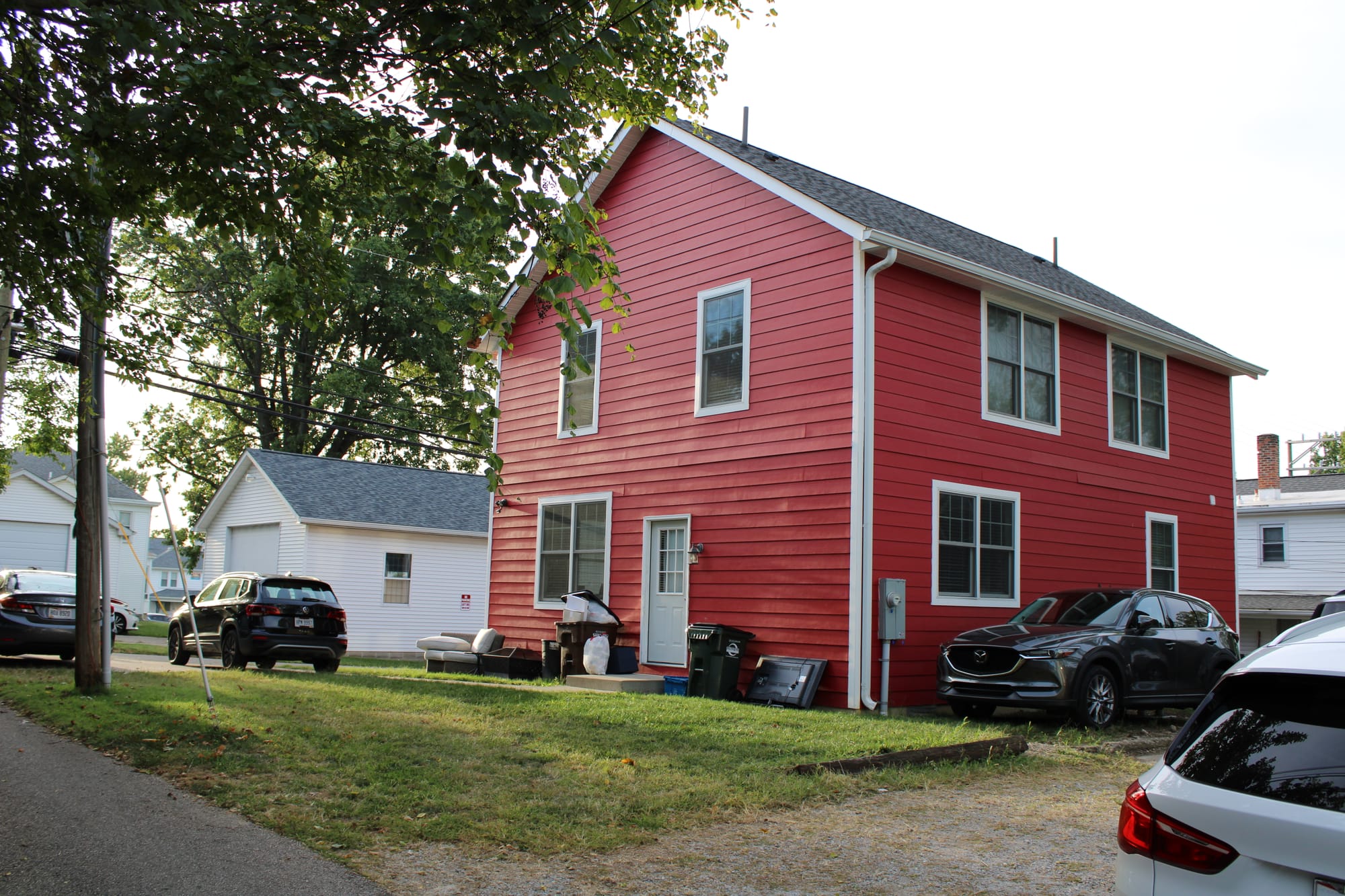
Perry said the city has three main options for what alley development could look like after the moratorium is lifted. Oxford could reopen alley development with new requirements, allow alley development to continue as it did before the moratorium or come up with policies that would allow alley development to address council goals such as affordable housing.
The city did not officially extend the moratorium on Sept. 3. Any extension would have to be voted on by City Council at a public meeting.
Council passes resolution for new traffic signal, city manager nixes proposed deer management measure
During City Council’s regular session, the council members unanimously approved a resolution to accept a $124,300 bid from Miller Cable Company to install a new traffic signal at the intersection of Oxford-Reily Road and Dana Drive.
Ann Fuehrer, a resident of Southern Knolls who lives on Dana Road, said she hopes the traffic signal will encourage more use of the Oxford Area Trail System (OATS). Phase four of the OATS is currently under construction along Oxford-Reily Road leading to Talawanda Middle School. She also referenced a recent fatal accident at the intersection of Oxford-Reily and Stillwell-Beckett Roads which led to the addition of a four-way stop. By adding the traffic light, she said the city is being proactive about safety.
“We see it all the time, how many students walk and bike that part of the trail out to the middle school,” Fuehrer said. “It’s youth who may or may not be as savvy who are traveling in that way.”
Snavely said the traffic light could increase safety in the area, particularly for Talawanda students. Middle schoolers who live within two miles of the school are responsible for their own transportation, either by walking or by getting rides in other ways.
At the last city council meeting, City Manager Doug Elliott announced changes to the city’s deer management program to increase the harvest this year. He also mentioned an additional option to introduce a police deer culling program. Since then, Elliott said he looked into the costs of the program and came up with an estimate of $28,000. Because of the high cost and Police Chief John Jones’ safety concerns, Elliott said at the Sept. 3 meeting that the city will not pursue the additional initiative.
The next city council meeting is scheduled for 7:30 p.m. Tuesday, Sept. 17 in the Oxford Courthouse.



